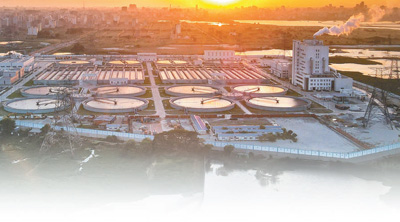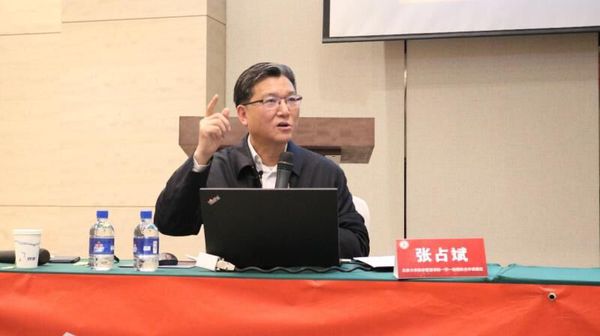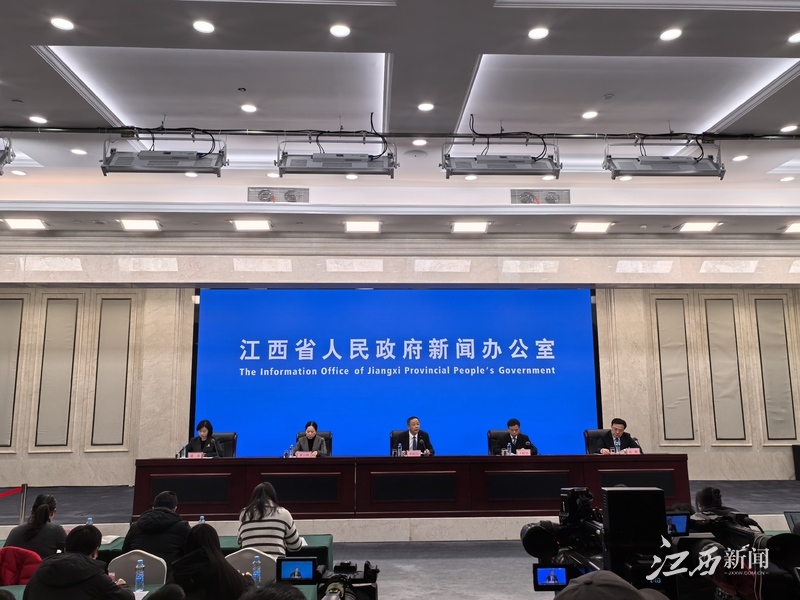Technological Innovation Helps To Build The "Belt And Road" With High Quality
Technological Innovation Helps To Build The "Belt And Road" With High Quality
Technological innovation helps to build the "Belt and Road" with high quality
Science and technology cooperation is an important part of the cooperation in jointly building the "Belt and Road". From June 10th to 12th, the second "Belt and Road" Science and Technology Exchange Conference with the theme of "Constructing the Road to Innovation, Promoting Cooperation and Development - Working together to build a 'Belt and Road' Science and Technology Innovation Community" was held in Chengdu, Sichuan Province.
The science and technology guests from more than a hundred countries and international organizations gathered in Chengdu to provide advice on the construction of the innovative Silk Road and inject more technological innovation power.
In order to deepen international cooperation in the field of low-carbon technology, the Science and Technology Leadership "Carbon Peak Carbon Neutrality" Forum held on June 12 officially launched the "Belt and Road" Low-carbon Technology Innovation Cooperation Alliance. This is also one of the eight important achievements released at the opening ceremony of this conference, providing technical support for global climate governance and achieving the carbon neutrality goal. The forum also released the "List of Sustainable Development Technology for Countries in the Belt and Road (2025)" and "Typical Cases of Carbon Neutral Technology Innovation in the Belt and Road", and more than 400 sustainable development technologies are practicing the "green" development concept.
The latest climate forecast report released by the World Meteorological Organization warns that global temperatures are expected to remain at or near record levels between 2025 and 2029. "This makes us realize that taking decisive action immediately is not only necessary, but has lagged behind." United Nations Coordinator in China Chang Qide said at the forum that in the face of the global issue of carbon peak and carbon neutrality, we urgently need to break through regional barriers, promote technology sharing, and gather innovation synergy.
"To jointly build the Belt and Road Initiative" countries have their own characteristics and advantages in resource endowment, technological advantages, industrial foundation, etc. In recent years, they have carried out a lot of fruitful explorations in the fields of energy transformation, energy conservation and emission reduction, carbon capture and storage, and have accumulated rich replicable and popularizable practical experience." Jiang Song, deputy director of the National Natural Science Foundation of China, said.
"On the Belt and Road Initiative, the interconnection avenue that stretches for thousands of miles, 'green' is becoming the brightest background." said Li Wenqing, member of the Standing Committee of the Sichuan Provincial Party Committee and Vice Governor of the Sichuan Provincial People's Government.
The joint construction of the "Belt and Road" is ultimately aimed at allowing people of all countries to live a better life. "Carrying out international cooperation in global poverty reduction is the meaning of jointly building the Belt and Road Initiative." Sichuan Vice Governor Hu Yun said at the Forum on the Goals and Practice of Science and Technology Poverty Reduction.
"China's peppers have opened up new export space for Pakistan, China's mushroom grass has blossomed a green miracle in the mountains of Rwanda, and embryo transfer technology has reshape Mauritania's animal husbandry genes." Lin Xin, deputy minister of the Ministry of Science and Technology of China, said that in recent years, a number of projects jointly built the "Belt and Road" have made tangible contributions to poverty alleviation and improving people's livelihood. According to the World Bank's estimates, by 2030, the joint construction of the "Belt and Road" is expected to lift 7.6 million people in relevant countries out of extreme poverty and 32 million people out of moderate poverty.
Myanmar’s Minister of Science and Technology Miao Dengjue expressed his affirmation of the achievements of scientific and technological poverty reduction to help jointly build the “Belt and Road”. He said: “China’s hybrid rice technology and smart agricultural system have injected new vitality into rural Myanmar, helping hundreds of thousands of farmers in Myanmar to improve their productivity and risk resistance.”
China's poverty reduction practice has also brought reference paths and confidence to other countries that jointly build the "Belt and Road" initiative. "China has created historical achievements in lifting more than 800 million people out of poverty in just a few decades. In addition to the power of visionary policies and strategies, scientific and technological development has played an important role. Therefore, we believe that Serbia can also eliminate inequality through scientific and technological development and bring opportunities to the vast majority of poor people." said Maria Gniatovic, State Secretary of the Ministry of Science, Technology Development and Innovation of Serbia.
"Eliminating poverty is a relay race that never stops, and scientific and technological innovation is the most critical accelerator in this relay race." Lin Xin said that the Chinese government is willing to work with all countries to deepen international cooperation in scientific and technological poverty reduction, share the achievements of scientific and technological innovation, and contribute scientific and technological strength and Chinese wisdom to mankind towards common prosperity.
Young scientists are full of vitality and creativity, and are the main force and future hope for the construction of the "Belt and Road". In order to promote extensive and in-depth exchanges and mutually beneficial and win-win cooperation between young scientists of my country and the "Belt and Road" countries, and work together to meet common regional and global challenges, the "Belt and Road" Youth Scientists Forum has gathered more than 100 young talents from countries jointly building the "Belt and Road" countries, and has built an open, inclusive, interconnected exchange and cooperation platform.
"Talents are supported by the development of any technology industry." Cai Guangzhong, vice president of Tencent, said in an interview with reporters that he suggested that artificial intelligence teaching make up for the shortcomings in young talent training. At present, the company's independently developed AI open platform has been born and grown in Chengdu, and has built a closed-loop ecosystem of "study-competition-research-production" and is serving the countries jointly built by the "Belt and Road".
"Science and technological innovation has become a key force in promoting sustainable development, and young scientists are the most active pioneers in this process." He Hongping, Vice President of the Chinese Academy of Sciences and Vice Chairman of the "Belt and Road" International Science Organization Alliance, said. He introduced that in 2018, the Chinese Academy of Sciences jointly established the "Belt and Road" International Scientific Organization Alliance with 36 international scientific research institutions, universities and international organizations. This platform played an important bridge role in the cultivation of young talents.
Since 2020, the "Belt and Road" International Science Organization Alliance Scholarship has supported about 2,400 graduate students from more than 100 countries to cooperate with China's top universities, the World Academy of Sciences, and UNESCO, many of whom have become the backbone of their country's scientific and technological development. (Economic Daily reporter Sun Qingkun)





